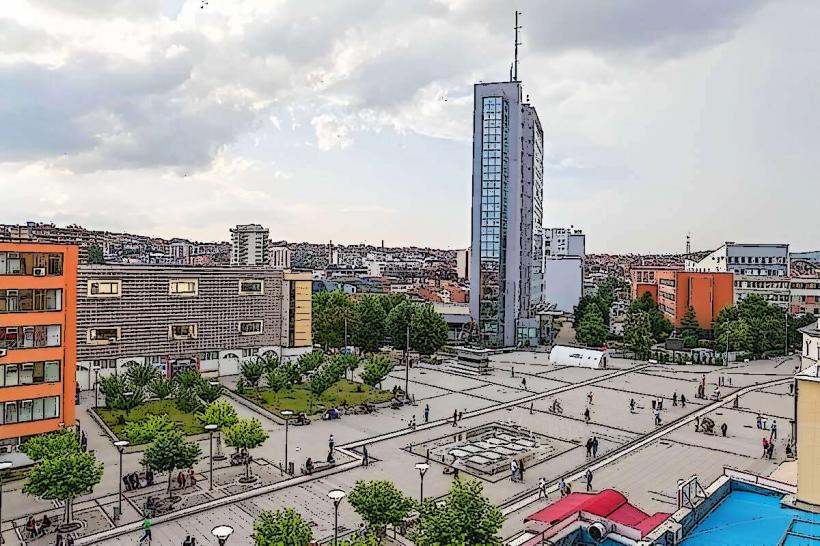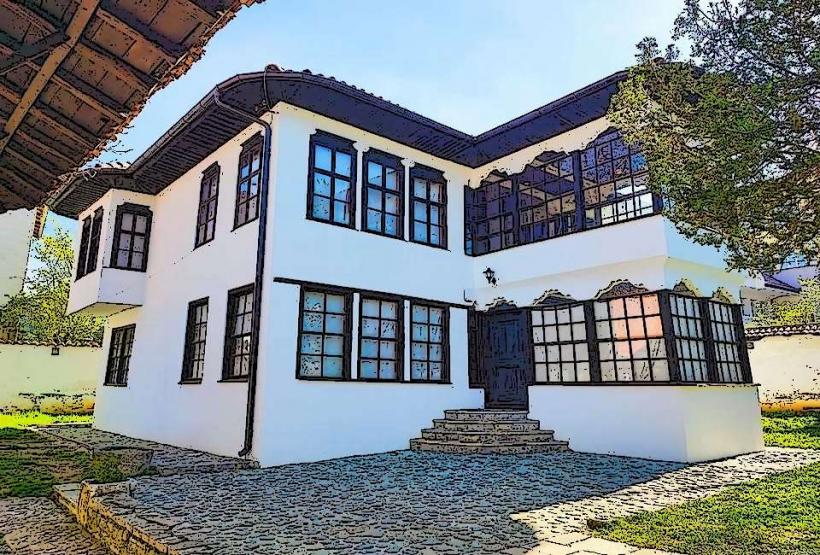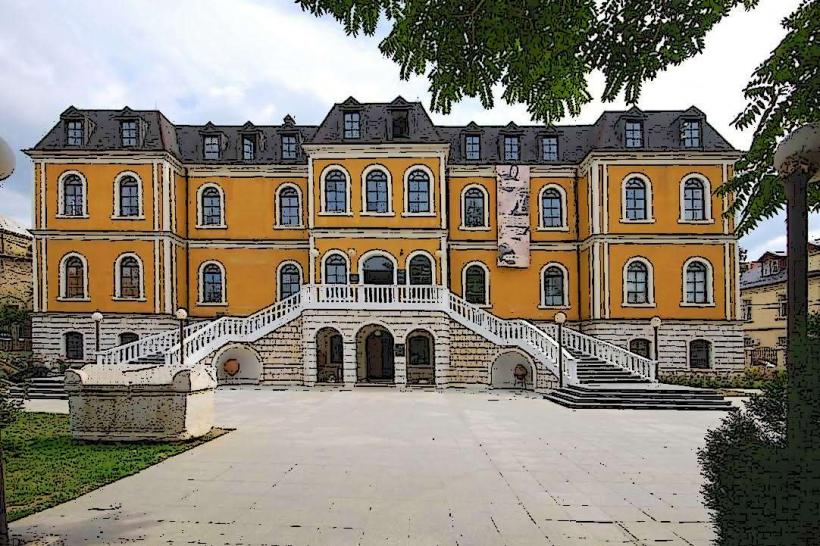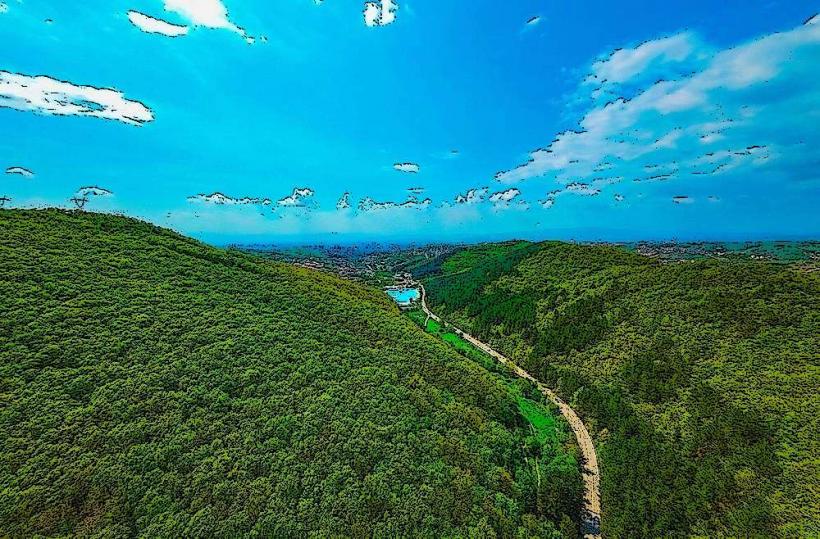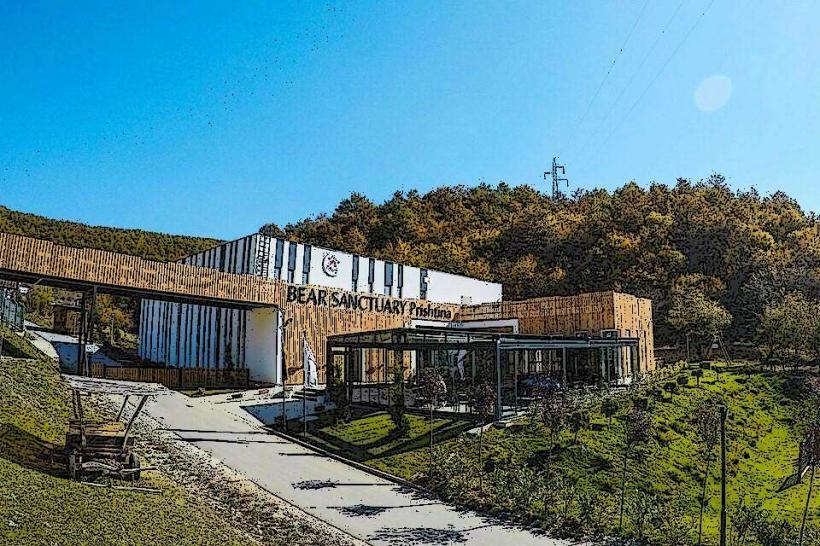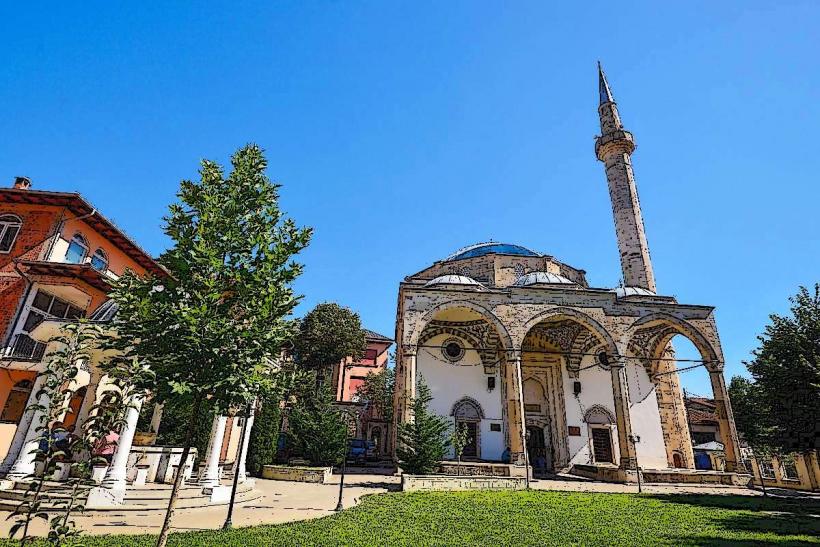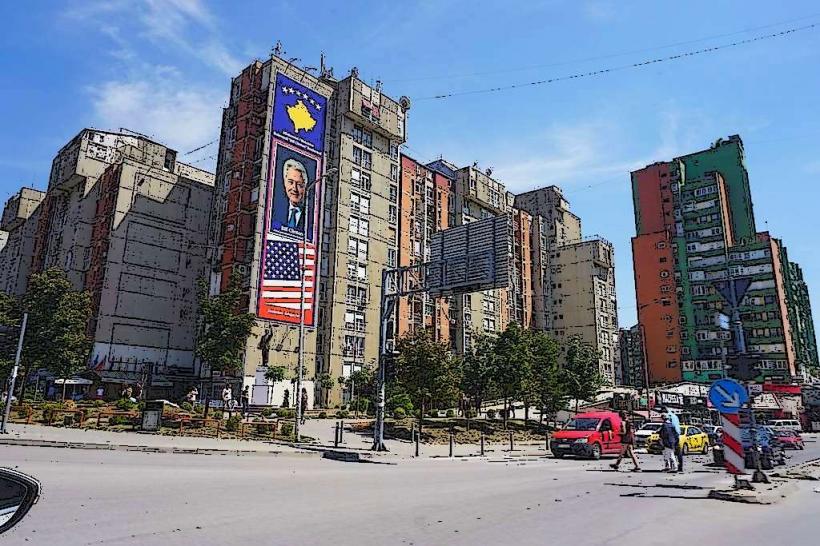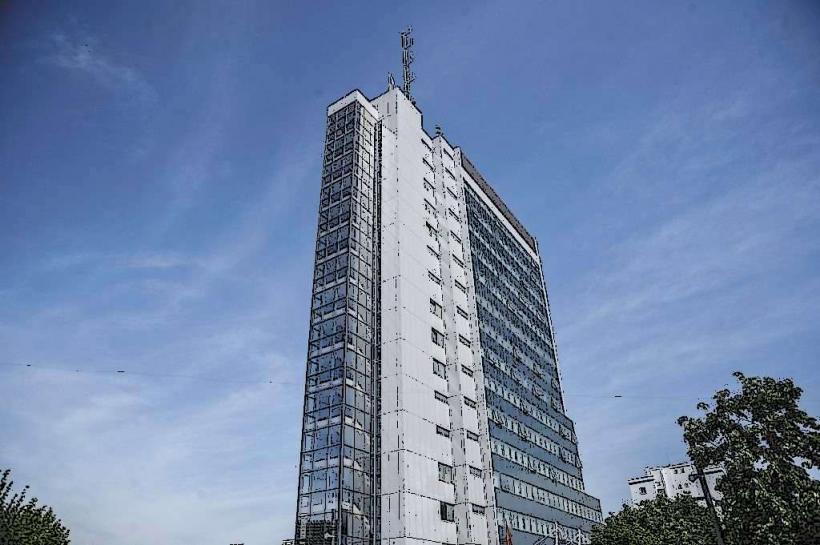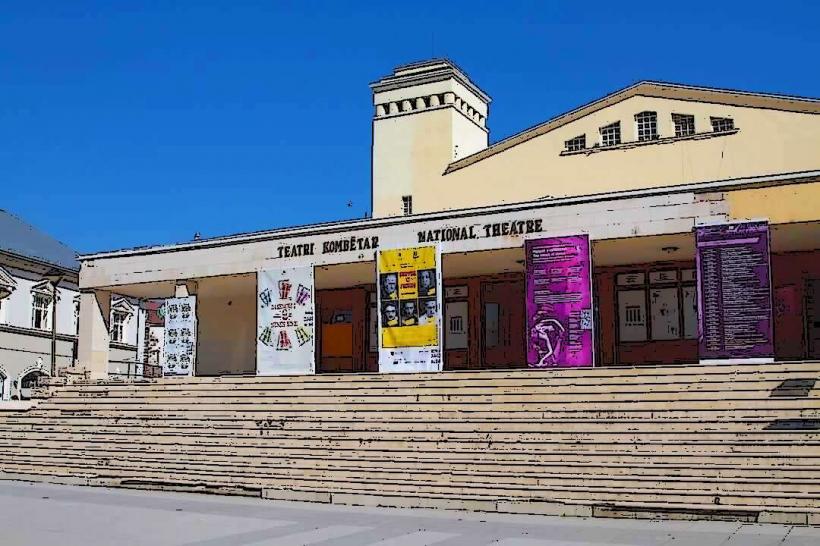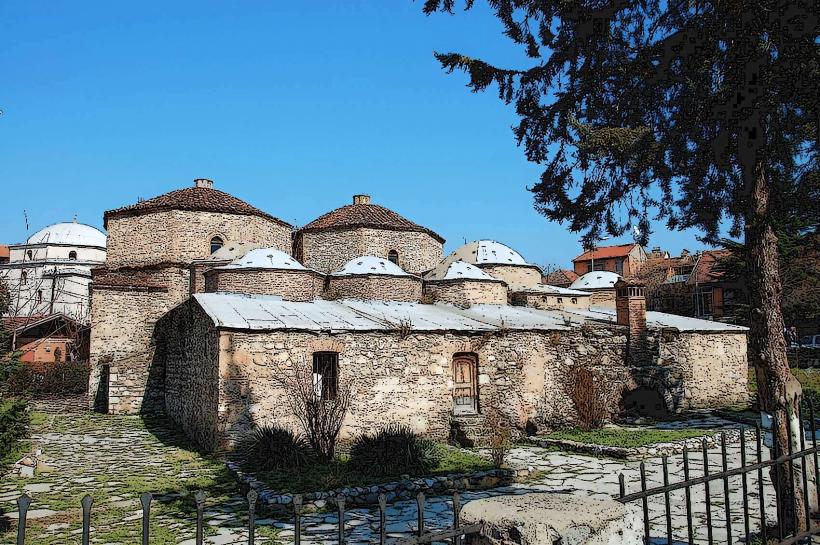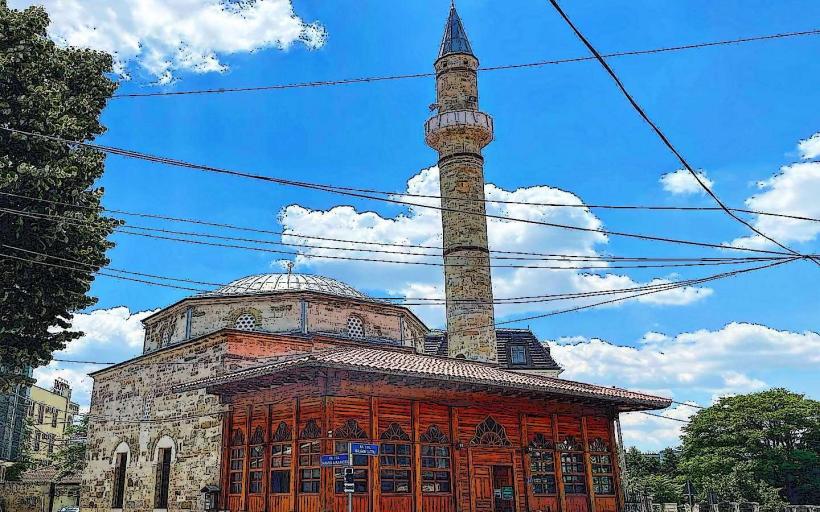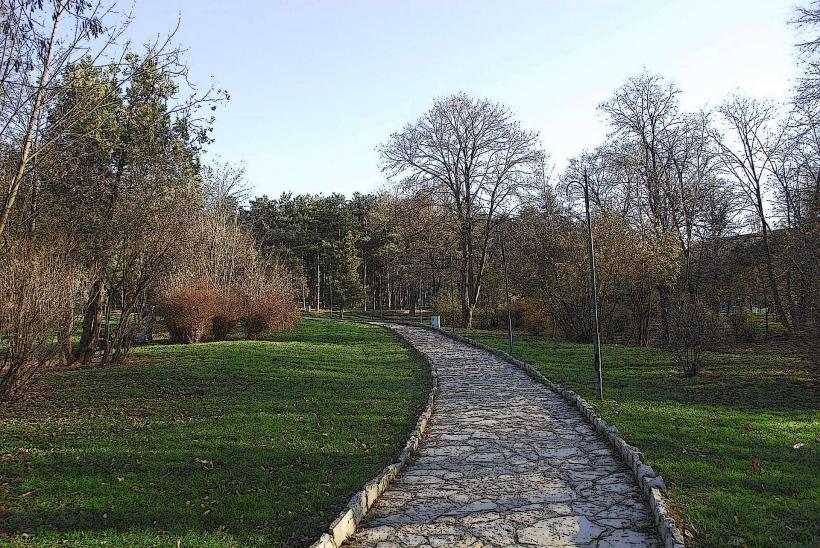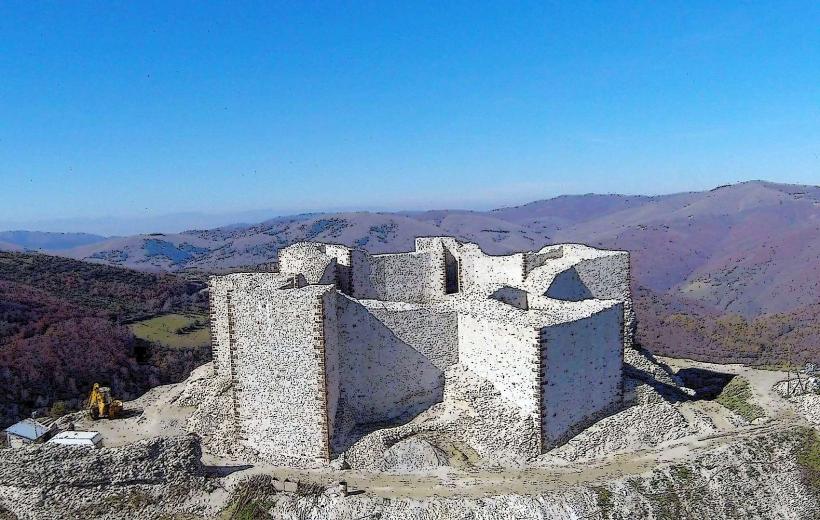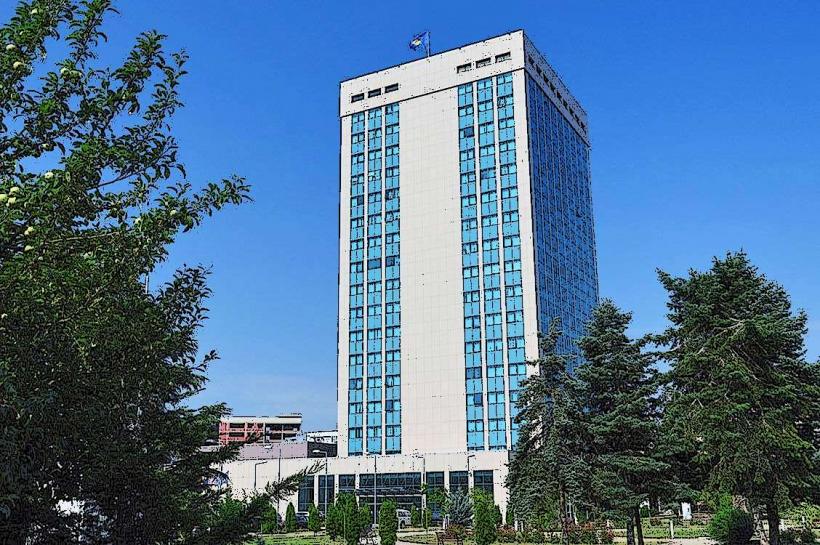Information
Landmark: Gracanica MonasteryCity: Pristina
Country: Kosovo
Continent: Europe
Gračanica Monastery, located near Pristina, the capital of Kosovo, is one of the most significant and historically important religious and cultural landmarks in the region. It is a Serbian Orthodox monastery with a long and rich history, architectural beauty, and a crucial role in the spiritual life of the Serbian people.
Historical Background
Foundation: The Gračanica Monastery was built in 1321 by King Stefan Milutin of the Nemanjić dynasty, a ruler of medieval Serbia. It was constructed as a royal endowment, intended as a symbol of royal power and religious devotion. The monastery is dedicated to the Assumption of the Virgin Mary, which is a key feast day in the Serbian Orthodox Church.
Strategic Significance: Gračanica was part of King Milutin’s efforts to consolidate Serbian control over the region during a time of territorial expansion and religious consolidation. The monastery served as an important cultural and religious center, contributing to the spread of Christianity in the Balkans.
UNESCO World Heritage Site: Gračanica Monastery was inscribed as a UNESCO World Heritage Site in 2006 as part of the "Medieval Monuments in Kosovo" series. This recognition emphasizes its outstanding universal value as one of the finest examples of Serbian medieval architecture and its importance in the history of the Orthodox Christian tradition.
Architecture
Serbian Medieval Style: The monastery is an excellent example of Serbian medieval architecture, incorporating elements of Byzantine and Romanesque styles. Its design blends Eastern Orthodox tradition with Serbian artistic influences, reflecting the architectural achievements of the Nemanjić dynasty.
Exterior Design: The Gračanica Monastery features a single-nave basilica layout, with a large dome at the center. The exterior of the building is made of stone, and the walls are adorned with decorative details typical of Serbian medieval architecture. The monastery’s bell tower is another distinctive feature.
Interior Frescoes: Inside, the monastery is known for its exceptional frescoes, which were painted by Byzantine artists as well as Serbian painters. The frescoes are masterpieces of medieval art, depicting religious figures, Biblical scenes, and saints in vibrant colors and intricate detail. These frescoes are important examples of Serbian iconography and the development of Christian art in the Balkans. Notably, the frescoes inside Gračanica are considered a significant example of the Rascan school of painting, an influential tradition in medieval Serbian art.
Religious and Cultural Significance
Serbian Orthodox Heritage: Gračanica Monastery is one of the most significant religious sites for the Serbian Orthodox Church in Kosovo. It remains an active place of worship, serving as a spiritual center for local and regional Orthodox Christians. The monastery continues to host religious services, including important Orthodox feasts such as the Assumption of the Virgin Mary, which is the feast day of the monastery.
Cultural Preservation: Over the centuries, Gračanica has also been a center for the preservation of Serbian culture and identity in the region. It is home to numerous historical artifacts and has served as an educational hub, preserving Serbian medieval traditions and religious practices.
Pilgrimage Site: The monastery is a destination for religious pilgrims, particularly those from the Serbian Orthodox community, who visit the site to honor the Virgin Mary and seek spiritual guidance. It remains a popular pilgrimage site on major Christian feast days, especially the Feast of the Assumption (August 15).
Controversy and Political Significance
Political Context: The monastery is situated in Kosovo, a region with complex political tensions. Since Kosovo declared independence from Serbia in 2008, Gračanica Monastery has been at the center of disputes over Kosovo's political status. For the Serbian community in Kosovo, Gračanica is an important symbol of Serbian heritage and identity, while for the Albanian majority in Kosovo, the monastery is a symbol of the region's complex and contested history.
Protection and Preservation: The monastery has faced challenges over the years, particularly during the Kosovo War in the late 1990s. Despite these challenges, efforts have been made to preserve the site and ensure its protection as a religious and cultural monument. Today, it is under the protection of both the UNESCO and the Kosovo government.
Symbol of Unity and Division: The Gračanica Monastery continues to be a symbol of both unity and division in Kosovo. For the Serbian Orthodox community, it is an important symbol of their cultural and religious heritage in Kosovo, while for others, it can be a reminder of the complex history of the region.
Modern-Day Role
Tourism and Cultural Importance: Gračanica remains a major destination for both religious pilgrims and cultural tourists. It is a well-preserved example of Serbian medieval architecture, attracting visitors interested in its historical, cultural, and religious significance. The monastery is part of Kosovo's diverse cultural heritage and contributes to the region’s identity.
Educational and Spiritual Hub: The monastery continues to serve as a center for education and spirituality, particularly for the Serbian Orthodox community in Kosovo. It hosts regular church services, educational programs, and cultural events, maintaining its role as a key religious institution.
Conclusion
The Gračanica Monastery near Pristina stands as a testament to the rich cultural and religious history of Kosovo. Its medieval architecture, Byzantine-influenced frescoes, and significance to the Serbian Orthodox Church make it an invaluable historical site. Despite the complex political environment in which it exists, Gračanica continues to be a living symbol of Serbian heritage and an important center for religious and cultural activity in the region. Its designation as a UNESCO World Heritage Site ensures its preservation for future generations, allowing it to remain a key landmark in the history of Kosovo.


